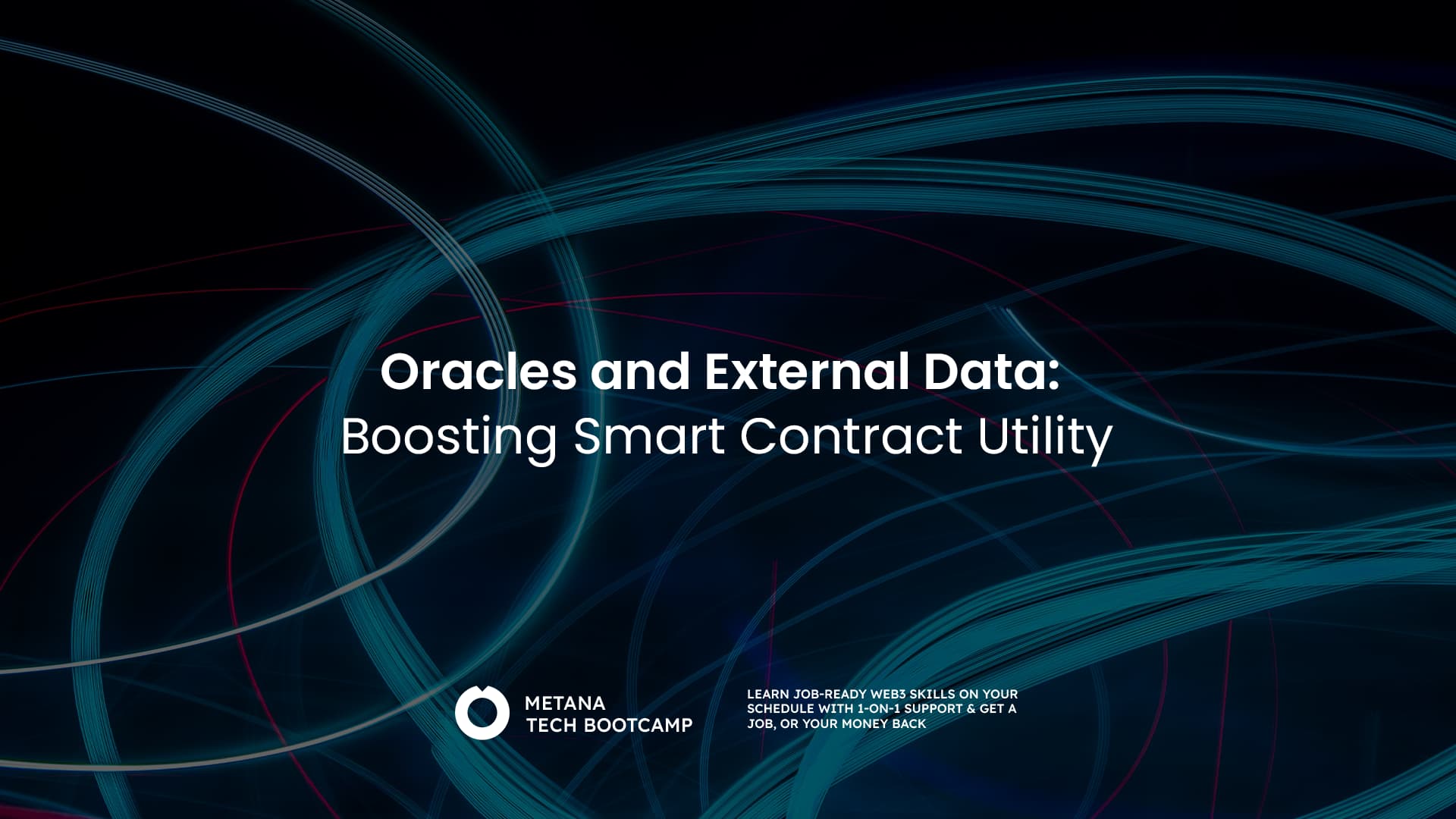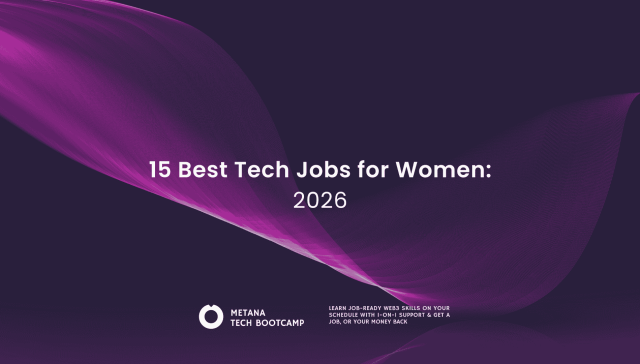Imagine a program that relies on stock prices to make investment decisions. It checks its internal database, but the information is outdated. The program is stuck, unable to function effectively. This is where oracles come in – they act as bridges, fetching the latest stock prices (external data) and feeding them to the program’s database, enabling it to make informed choices.
In the realm of computers, oracles play a crucial role in connecting databases with the ever-changing world of external data. This article dives into the fascinating world of oracles and external data, exploring how they work together to empower various applications.
What is an Oracle?
An oracle, in the context of databases, is a software component that acts as a middleman between a database and external data sources. It retrieves data from various sources, like websites, APIs (Application Programming Interfaces), and even other databases, and translates it into a format compatible with the main database.
Think of an oracle as a skilled translator. It understands the “language” of external data sources (like web scraping formats or API responses) and converts it into the “language” understood by the database (like SQL – Structured Query Language). This allows the database to seamlessly integrate the external data, making it readily available for applications to utilize.
Why Use External Data?
Databases are fantastic for storing and managing internal data, but the world is full of valuable information beyond their walls. External data offers a wealth of benefits:
- Enhanced decision-making: Imagine a weather app that only relies on internal data. It wouldn’t be very helpful, right? By incorporating real-time weather information from external sources, the app can provide accurate forecasts, allowing users to make informed decisions about their day.
- Real-time insights: External data can provide a constant stream of updates. Stock prices fluctuate, social media trends shift, and news breaks happen in real-time. Oracles can capture this dynamic data, enabling applications to react and adapt accordingly.
- Improved accuracy: Internal data might contain errors or be outdated. External data sources like government databases or official APIs can offer a more reliable and current picture.
- Enriched experiences: Integrating external data like social media feeds or product reviews can personalize user experiences and make applications more engaging.

Common Types of External Data Sources
Oracles can access a vast array of external data sources, including:
- APIs (Application Programming Interfaces): Many websites and services offer APIs that allow authorized applications to access specific data. For example, a travel booking app might use an airline API to retrieve flight information.
- Web scraping: This involves extracting data from websites by parsing their HTML code. It’s a common way to gather publicly available information, like news articles or product listings.
- Databases: Oracles can connect to other databases, internal or external, to retrieve relevant data and consolidate it within a single system.
- Cloud storage: Data stored in cloud platforms like Amazon S3 or Google Cloud Storage can be accessed and integrated by oracles.
- Sensors and IoT devices: The Internet of Things (IoT) generates a massive amount of data from sensors and devices. Oracles can capture this data and integrate it with traditional databases, enabling real-time monitoring and analysis.
How Does an Oracle Work?
The process of using an oracle typically involves these steps:
- Defining the Need: An application or database administrator identifies the need for external data. They specify the type of data required and the desired source.
- Oracle Configuration: The oracle is configured to connect to the chosen external data source. This might involve setting up authentication credentials, defining data formats, and specifying how often the data should be retrieved.
- Data Retrieval: The oracle fetches data from the external source according to the configuration. This could involve making API calls, scraping websites, or querying other databases.
- Data Transformation: The retrieved data might not be in a format compatible with the main database. The oracle transforms the data into a suitable format, ensuring seamless integration.
- Data Loading: The transformed data is loaded into the main database. This could involve creating new tables or updating existing ones with the fresh information.
Benefits and Challenges of Using Oracles
Here’s the information converted into a table with two columns for Benefits and Challenges:
| Benefits | Challenges |
|---|---|
Flexibility: Oracles provide a flexible way to integrate data from diverse sources. They can adapt to different data formats and access methods. | Security (Continued): Oracles need proper authentication and authorization mechanisms to prevent unauthorized access to external data sources and the main database. |
| Scalability: As data needs grow, oracles can be configured to handle increased data volume and retrieval frequency. | Data Availability: External data sources can become unavailable due to technical issues, maintenance, or changes on the provider’s end. Oracles need to handle these situations gracefully, potentially implementing retries or alternative sources. |
Improved Data Quality: By incorporating reliable external data, oracles can enhance the overall accuracy and relevance of information within the database. | Data Quality: The quality of external data can vary. Oracles might need to incorporate data validation techniques to ensure the accuracy and integrity of the integrated information. |
Reduced Development Time: Oracles handle the complexities of data retrieval and transformation, saving developers time and effort. | Data Cost: Some external data sources, particularly APIs from commercial providers, might have associated fees or usage limits. These costs need to be factored into the overall system design. |
Different Types of Oracles
There are various types of oracles, each suited for specific needs:
- Data Access Layer (DAL) Oracles: These oracles are embedded within an application and focus on retrieving data required by that particular application.
- Generic Oracles: These are standalone software components that can be used by multiple applications to access various external data sources.
- Blockchain Oracles: This is a specialized type of oracle designed to work with blockchain technology. They bridge the gap between blockchains (which are self-contained ledgers) and the external world, allowing smart contracts to access and utilize off-chain data.
Real-World Applications of Oracles and External Data
Oracles play a crucial role in various applications across different industries:
- Finance: Financial institutions use oracles to access real-time stock prices, currency exchange rates, and economic data. This information is vital for making informed investment decisions and managing risk.
- Supply Chain Management: Oracles can track the movement of goods in real-time by integrating data from sensors on shipping containers with logistics management systems. This allows for better inventory control and efficient delivery schedules.
- Fraud Detection: By analyzing data from social media, credit bureaus, and transaction history, oracles can help identify suspicious activity and prevent fraudulent transactions.
- Weather Forecasting: Weather forecasting apps rely on oracles to gather real-time weather data from weather stations and satellites. This allows for more accurate and up-to-date forecasts.
- Social Media Analytics: Oracles can collect and analyze data from social media platforms to track brand sentiment, identify trends, and measure the effectiveness of marketing campaigns.
The Future of Oracles and External Data
The use of oracles and external data is expected to grow significantly in the future, driven by several factors:
- The Rise of Big Data: With the ever-increasing volume of data available, oracles will play a key role in capturing, integrating, and making sense of this vast information landscape.
- The Growth of the Internet of Things (IoT): As more and more devices become connected to the internet, oracles will be essential for collecting and managing the massive amounts of data generated by these devices.
- Advancements in Cloud Computing: Cloud platforms provide a scalable and secure environment for deploying and managing oracles, making them more accessible and cost-effective.
In conclusion, oracles act as bridges, seamlessly connecting databases to the dynamic world of external data. By unlocking the power of external data, oracles empower applications to make better decisions, deliver real-time insights, and create a more data-driven future. As technology continues to evolve, oracles are poised to play an even more critical role in the way we interact with information and leverage its potential.
FAQs
How do oracles enhance smart contract utility?
- By supplying external data, oracles allow smart contracts to execute based on real-world events, expanding their functionality and application.
What types of data can oracles provide to smart contracts?
- Oracles can provide various data types, including financial data, weather information, event outcomes, and more.
Are oracles secure for smart contracts?
- Yes, oracles use multiple layers of verification and consensus mechanisms to ensure data integrity and security.
Can smart contracts function without oracles?
- Smart contracts can function without oracles, but their capabilities are limited to on-chain data, restricting their utility.
What are the challenges associated with oracles in blockchain?
- Challenges include data accuracy, oracle manipulation, and the need for decentralized oracle networks to prevent single points of failure.
How do decentralized oracle networks work?
- Decentralized oracle networks aggregate data from multiple sources and use consensus mechanisms to ensure data reliability and accuracy.
What is the role of external data in blockchain applications?
- External data bridges the gap between blockchain and the real world, enabling applications like automated trades, real-time tracking, and responsive contracts.
What are some leading oracle providers in the blockchain industry?
- Leading oracle providers include Chainlink, Band Protocol, and Tellor, each offering various solutions for integrating external data with smart contracts.








